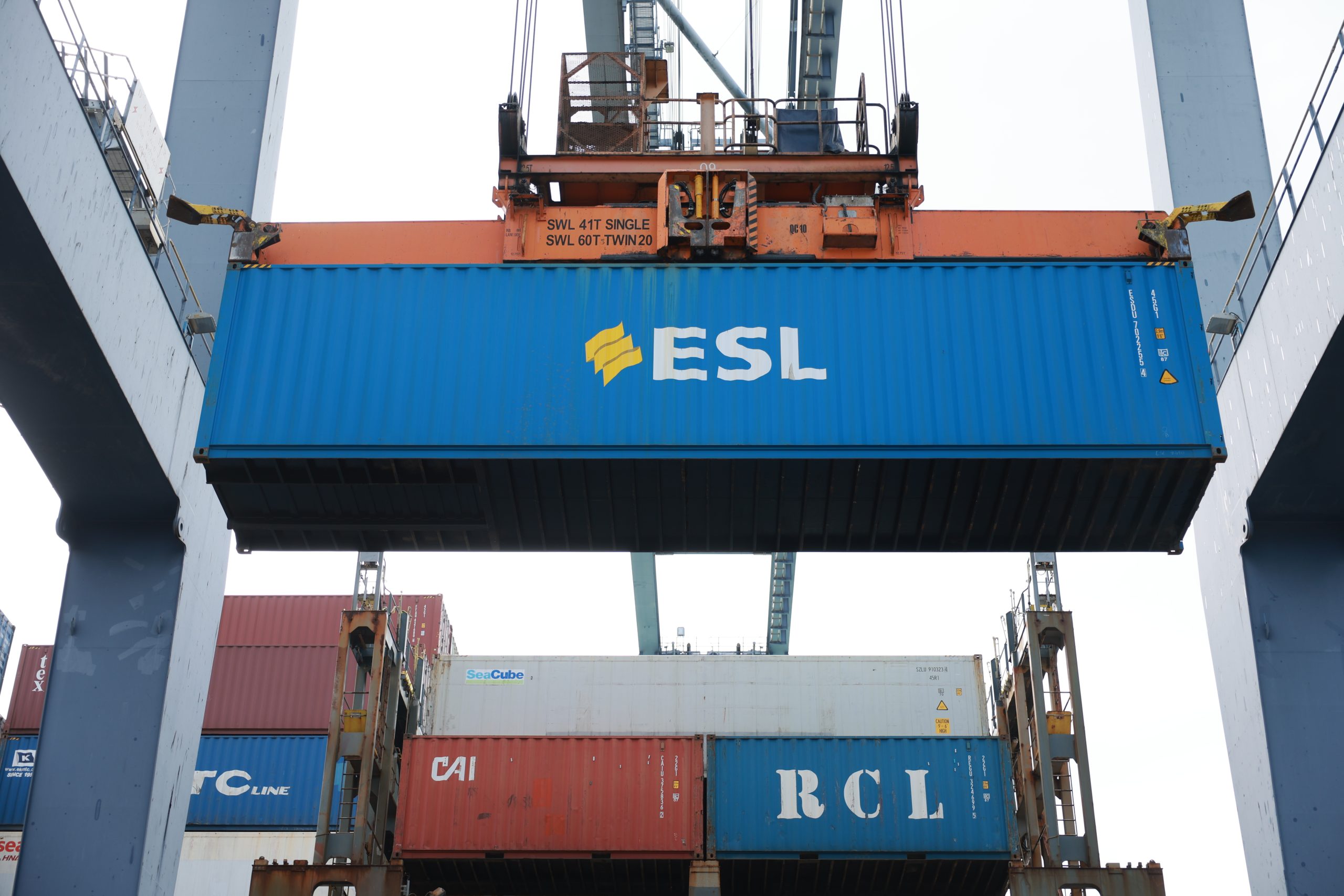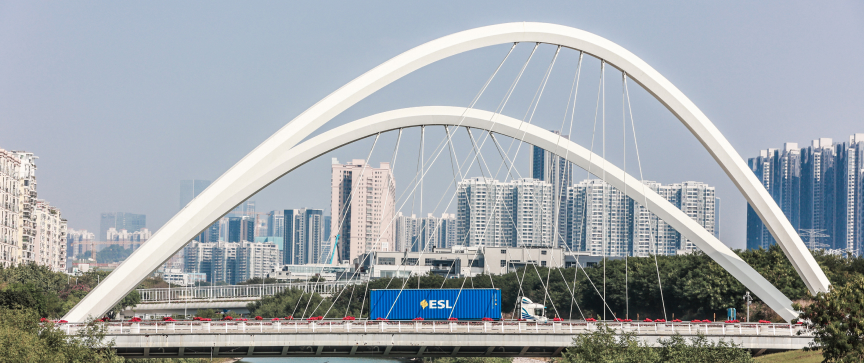Further to our advisory on 25th Feb, we would like to update you per below for your preparation before the effective of 1st July 2016.
(A) LATEST IMO NOTICE ON 23rd MAY – (attached) below is extracted for your easy reference.
MSC.1Circ.1548_Advice.pdf
Quote:
The Committee agreed that Administrations and port State control authorities should adopt a practical and pragmatic approach when verifying compliance with the requirements of SOLAS regulations VI/2.4 to VI/2.6, for a period of three months after 1 July 2016, with a view to:
1. Permitting packed containers that are loaded on a ship before 1 July 2016 and are transshipped on or after 1 July 2016 to be shipped to their final port of discharge without the VGM specified in SOLAS regulations VI/2.4 to VI/2.6; and
2.Providing flexibility to all the stakeholders in containerized transport to refine, if necessary, procedures for documenting, communicating and sharing VGM information.
Unquote:
(B) PRINCIPLES OF VGM
“NO VGM, NO LOADING” with effective 1st July 2016 at first loading port
(C) SHIPPERS’ RESPONSIBILITY
The shipper on Ocean Bill of Lading is responsible to provide valid VGM to ocean carrier and/or port terminal, for complying SOLAS regulations and local requirement of ocean carrier and port terminal.
VGM should be signed by either the shipper or a person duly authorized by the shipper.
(D) METHOD OF WEIGHING
Method No. 1:
Shipper may weigh the packed container by using calibrated and certified equipment. The scale, weighbridge, lifting equipment or other devices used to verify the gross mass of the container must meet the applicable accuracy standards and requirements of the State in which the equipment is being used, per IMO Guidelines.
Method No. 2:
Shipper may weigh all packages and cargo items, including the mass of pallets, dunnage and other packing and securing material to be packed in the container, and add the tare mass of the container to the sum of the single masses of the container’s content. Weighing equipment must meet the applicable accuracy standards and requirements of the State in
which the equipment is being used, per IMO Guidelines.
(E) LOCAL REQUIREMENT
Various local authorities, ports and terminals are putting full effort to evaluate the appropriate procedures and time frame for VGM compliance. Our local offices are also closely liaising with these parties for the latest update to your good companies. Please coordinate with our local offices for any necessary support on VGM submission.

